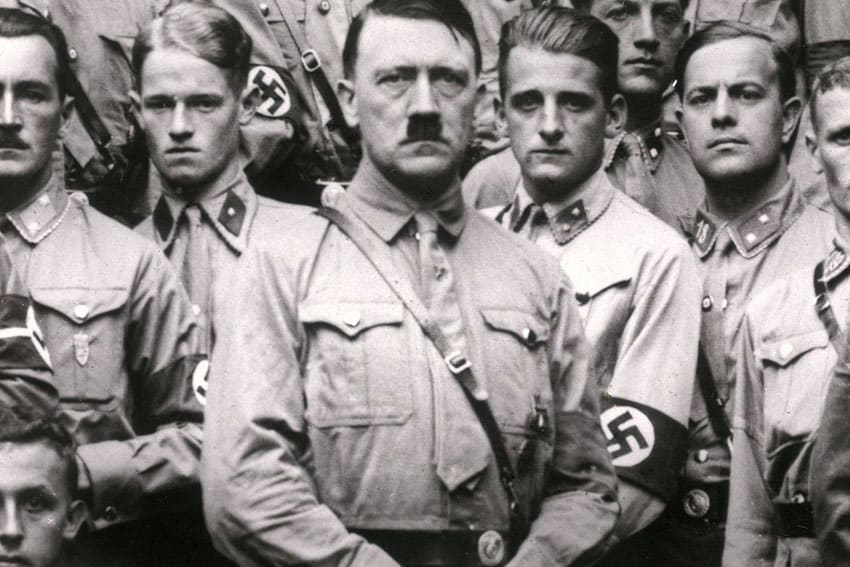
When Aslan fought Euthanasia under the Nazis
Blessed Augustus Clemens Von Galen (1878 – 1946)
Born into a noble German family in Westphalia in 1878, Clemens Von Galen could have led a privileged life. However, after successful university studies, he felt called to the priesthood and was ordained. Working in parishes in Berlin, he was noted for his simple lifestyle, pastoral zeal, clear preaching and a generous love of the poor. He went on to become parish priest of St Lambert’s church in the beautiful city of Munster, in his family’s region.
Memories have been passed down of a towering figure, solidly built with a firm chin and craggy brow. He was a gentle and polite pastor but very strong-willed, a “lion” of a man. For those who know the Narnia mythology of CS Lewis, this lion priest would soon become an Aslan bishop.
Bishop of Munster
In 1933, Pope Pius XI appointed him Bishop of Munster, months after Hitler took power. While Bishop Von Galen was a conservative nationalist, an anti-Communist who initially welcomed the Third Reich, he soon collided with the new regime. He perceived that it was a brutal neo-pagan system based on a false understanding of the human person, involving a denial of human rights, so he began to launch public attacks on Nazi ideology and state repression.
His reputation for resistance spread to Rome and he was one of the bishops invited to help Pope Pius XI to draft his anti-Hitler encyclical Mit Brennender Sorge (With burning concern), in 1937. The Catholic network successfully distributed the papal letter, which was read out in all parishes throughout Germany on Palm Sunday, under the noses of the Gestapo. I knew a lady who sat up all night with her mother typing multiple copies on “onion paper”. Those were the days before photocopying.
Von Galen denounced and ridiculed Nazi racist doctrine, especially the anti-Semitic nonsense of the Nazi ideologist, Alfred Rosenberg. However, Von Galen knew that Rosenberg had another pet project – state sponsored euthanasia.
Euthanasia
The word “euthanasia” means a “good death” but it really signifies “mercy-killing”, a merciful death provided for someone who is suffering. Euthanasia in terms of assisted suicide or a direct action was favored in pagan Greece and Rome. But that ended with the rise of Christianity because the Judeo-Christian ethic forbade suicide and medical killing in light of the Divine Commandments and a reverence for the life and dignity of the human person. During the Enlightenment, pre-Christian favor for suicide was revived, leading to attempts to legalize physician assisted suicide, which have continued into our own century and taken the form of state sponsored projects. But, even a century ago some people saw where this would lead.
In 1907, in his famous futurist novel Lord of the World, Mons Robert Hugh Benson depicted euthanasia at the end of the 20th Century, during the rise of the Antichrist. Hopeless victims of airship accidents were gassed on the spot. It is interesting that Pope Benedict and Pope Francis have encouraged us to read Benson’s prophetic account of the end times in Lord of the World. But there were other currents of thought in a trend that went beyond assisted suicide and these rose to prominence in the 1930’s, in the era of the Third Reich.
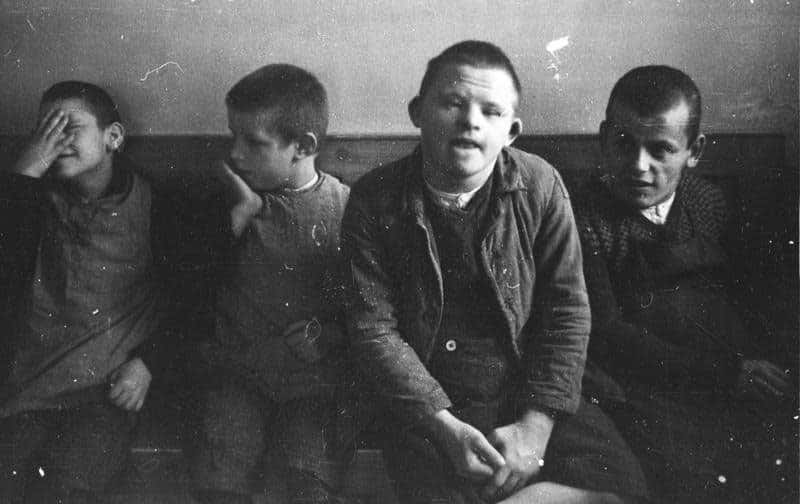
The “science” of Eugenics, breeding a better and healthier human race, took shape under the influence of Darwin’s theory of evolution. Why not take steps to shape and redirect evolution, to breed better and brighter people? Along with the sterilisation of the unfit, euthanasia could be an instrument for eugenics. A merciful death could remove the unfit members of society. Here we note that the human person is understood as only an intelligent animal, to be bred and cultivated, and culled if necessary.
Along with sterilisation, euthanasia would eliminate the carriers of hereditary diseases, those “not fit to breed”, and members of “inferior races”. This is what preoccupied Alfred Rosenberg and Nazi ideologists working to attain “racial health and purity”. Enforced eugenics might have remained the social engineering theory of cranks, but now an all-controlling regime in Germany had the will and power to put direct euthanasia into practice. So Nazis secretly planned a euthanasia project, which Hitler had envisaged since he took power.
Aktion T4
The Nazi project was called Aktion T4. It was authorised by Hitler in 1939, timed to begin as he launched the war in Poland. The targets were men, women and children confined to institutions for those suffering mental or physical disabilities, such as Down Syndrome, epilepsy, schizophrenia and dementia. The “incurables” and “unfit” young and old had to be eliminated, to purify the master race, eugenics, and now to help advance the war effort. Under state direction, through the Ministry of the Interior and the SS a team of officials and doctors organized the project and set it in action.
Women religious nursing in the institutions soon alerted the bishops, including Von Galen, about what was happening
Women religious nursing in the institutions soon alerted the bishops, including Von Galen, about what was happening. The sisters reported meticulous state planning with lists of the targets, and callous deceit and calculated cover-up of the killing. For example, when children with disabilities were taken from institutions and killed, their parents would suddenly receive a package of ashes with a letter of condolence, explaining that these were the remains of little Franz who had “died of pneumonia”.
One of the methods of killing was to pack people into sealed vans, drive them into the country, pumping the van with carbon monoxide and then returning with their corpses. This was an experimental rehearsal for the mass gassings of Jews in the Holocaust.
Familiar Arguments?
Now it will be said that when we oppose euthanasia today we must not “play the Nazi card”. After all, Aktion T4 was not a voluntary form of euthanasia, not “voluntary assisted dying” (VAD), the doctor assisted suicide that became available in the State of Victoria from 19 June 2019. That is largely true – but the arguments presented in Nazi propaganda films are the same that we hear today to introduce and justify VAD.
The arguments used in Germany sound familiar. Compassion: “Wouldn’t it be kinder to end this life with merciful death?” Despair: “This is life that is not life.” Or “life unworthy of life”. Terminal illness: “This is life without hope”.
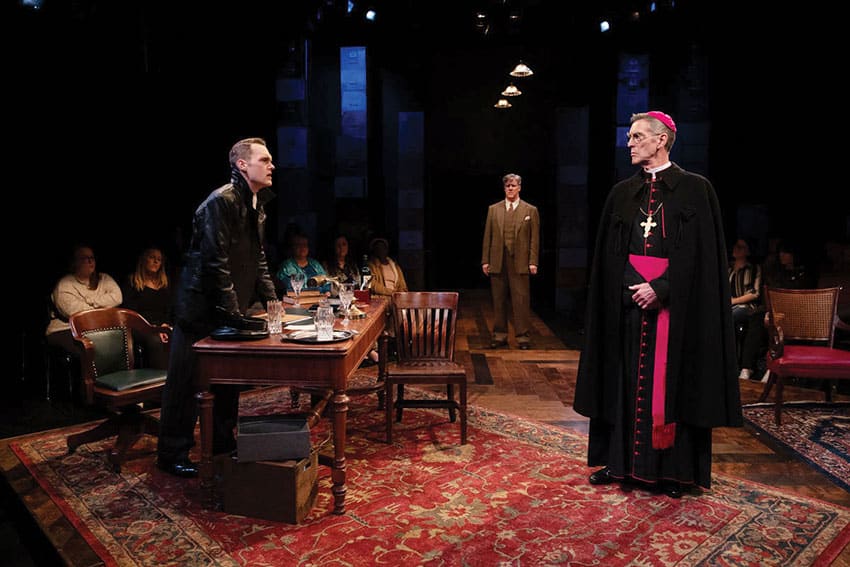
Since 1934, together with the compassionate line and racist eugenics, an economic argument was developed: so much money is wasted on feeding and caring for men, women and children with mental and physical disabilities. Later a War economy argument was added: these “useless eaters” must be eliminated to save food and free hospital beds for wounded soldiers. In our times, some have suggested that frail and demented old people waste money and use up hospital space.
Then, in 1941, a more sophisticated euthanasia film appeared, Ich klage (I accuse). Here we are on more familiar ground. The well-produced film depicts the moving story of a desperate doctor who kills his wife who is suffering from terminal MS. When he is put on trial for murder, in the dock he accuses his accusers of cruelty. As intended, this drama aroused much discussion and it was claimed that most German people approved of the kind doctor. But not Bishop Von Galen.
Von Galen Hits Back
In that same year, he exploded in open denunciation of Nazi oppression and murder. From the pulpit in Munster, he delivered three blazing attacks on Nazi ideology and its crimes. In August 1941, he denounced euthanasia as a violation of God’s Fifth Commandment, “Thou shalt not kill!” Killing innocent and vulnerable people is a murderous denial of the right to life and human freedom.
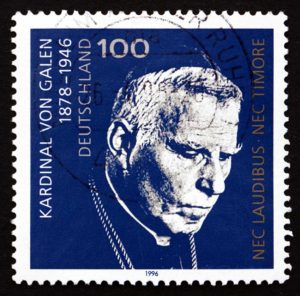
His sermons were widely distributed and helped inspire the growing German resistance movement. His anti-euthanasia sermon was the first leaflet published in Munich by the brave students of the White Rose Movement, who were all executed in 1943. By now, most Germans knew something about Aktion T4. Unlike the rumoured mass extermination of Jews in Eastern Europe, they could hardly ignore a killing project happening on their own soil and impacting on so many families.
Von Galen was very brave to speak out in 1941 when Germany was winning the war. There was no freedom of speech. Conscientious objection could lead to death. We have no idea what it was like living under a totalitarian regime riding high on a war of conquest. His witness of conscience encouraged the other bishops, who by now knew that they had been compromised and neutralised by the 1933 Concordat between the Church and the German state. He stood out as the bishops’ moral leader – and he was partly successful in ending Aktion T4.
The Lion of Munster
Von Galen enraged Hitler but Goebbels warned him not to alienate the Church in the middle of a war, especially in Catholic Westphalia. So Aktion T4 was shut down, “officially”. The Gestapo and SS were not allowed to harm Von Galen, although he was mainly confined to his residence for the rest of the war and placed under tight surveillance.
While his admirers now called him “The Lion of Munster”, the bishop knew that he was at the top of the Fuhrer’s black list, those destined to be executed immediately after the endkrieg, the “final victory”. But there was no victory, only destruction, defeat and downfall. Nevertheless, right up to Hitler’s suicide and the fall of the Reich in May 1945, the killing of the innocents continued, with greater discretion and effective cover-ups.
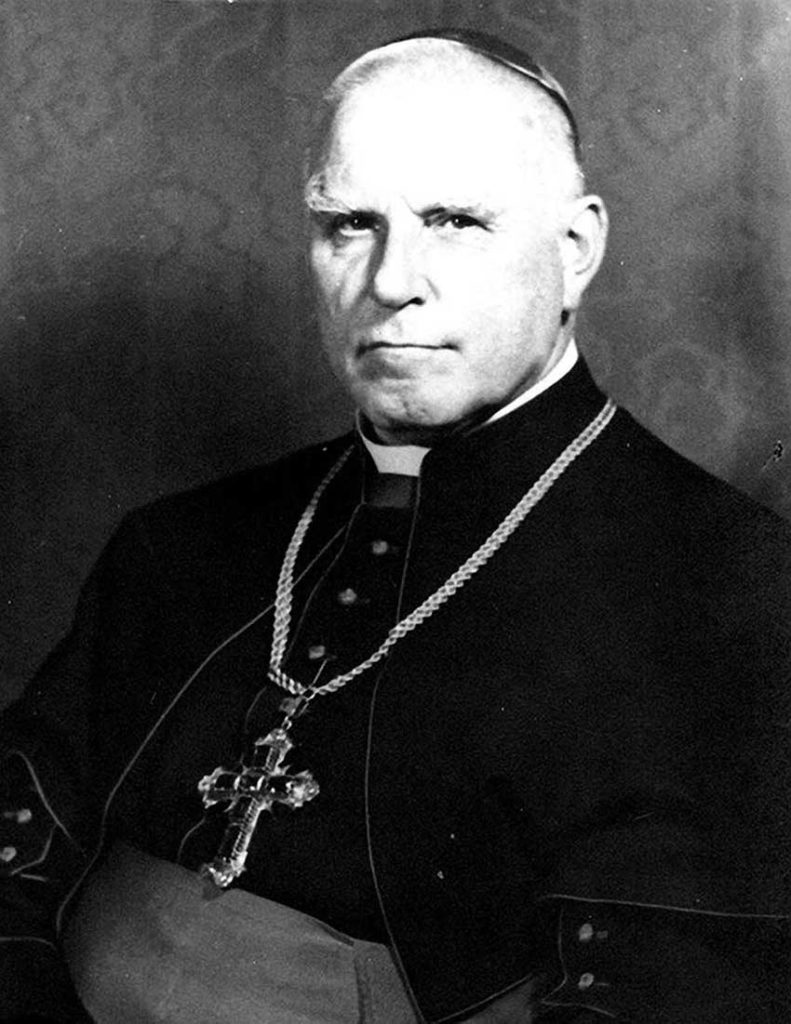
After the war, along with many other Nazis, the officials and doctors of Aktion T4 were rounded up. Some were tried and hanged as war criminals. Others got away. That was the way it was amidst the post-war confusion and political bargaining. Yet Von Galen was still a difficult man. Now he boldly denounced injustices on the part of the occupying allied forces.
As he looked out on the ruins of his beautiful Munster, he saw a defeated disillusioned people. They were paying a painful price for the evil regime that had murdered Jews in the Holocaust – and operated the T4 euthanasia project that he had partly brought down. However, after years of stress and tension, the bishop was prematurely aged and his health was failing.
From Bishop to Cardinal
Pope Pius XII had been watching Clemens Von Galen with admiration for he had read all his sermons. He decided to recognise his heroic stand by making him a cardinal. Although two German archbishops were also made cardinals, by singling out Bishop Von Galen the Pope sent a message to other bishops who were not so heroic in Nazi times.
The big man struggled to Rome to receive the red hat at the Consistory of February 1946. Resplendent in the “sacred purple”, he returned in triumph to Munster, to an ecstatic welcome. But his body was worn out and within days of his return he died of peritonitis.
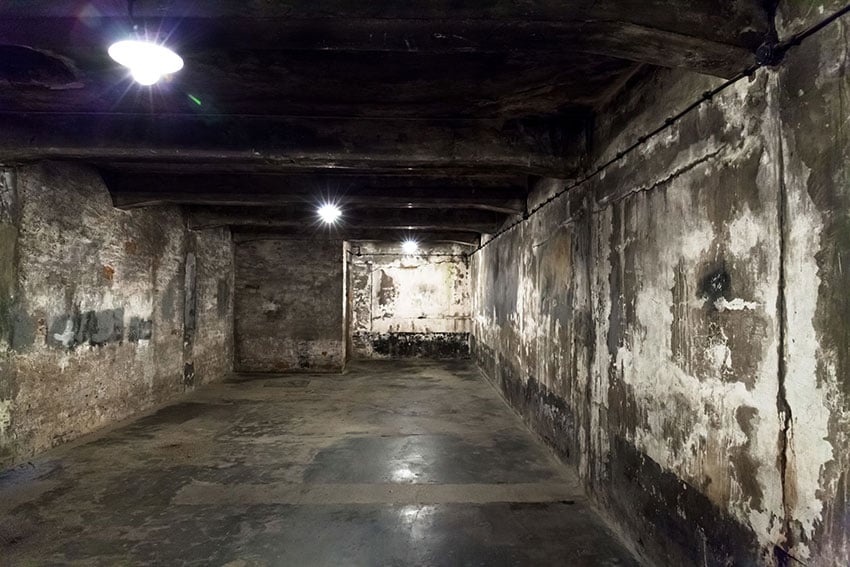
They buried him in the crypt of the ruined cathedral and a stream of pilgrims began to pray at his tomb. The cause for his beatification was opened, but it moved slowly. In the context of recent German history, his cause was “delicate”. But there was some sense of justice when finally a German admirer, Pope, Benedict XVI, beatified him, on 9 October 2005.
This papal recognition of the great Lion sends a message of hope to our morally bankrupt society
This papal recognition of the great Lion sends a message of hope to our morally bankrupt society. But it challenges us to work with his courage to resist and end euthanasia in whatever guise it may present itself today. What is now happening in Victoria Australia is a meticulously state-planned and state-operated project, step one into the chilly gloom of euthanasia, when persons are treated like animals, when what is inhumane and unjust poses as kindness and mercy.
Brave “Lion of Munster”, Blessed Clemens Von Galen, pray for us and for all the people in the State of Victoria. Pray especially for the most vulnerable who need true compassion and tender palliative care.
Related links:
Bishop Peter Elliott, a convert to the Catholic Church from Anglicanism, is a retired Auxiliary Bishop of Melbourne and served as Director of the John Paul II Institute for Studies on Marriage and the Family from 2004.
